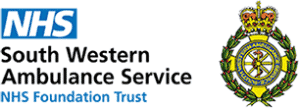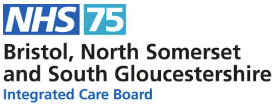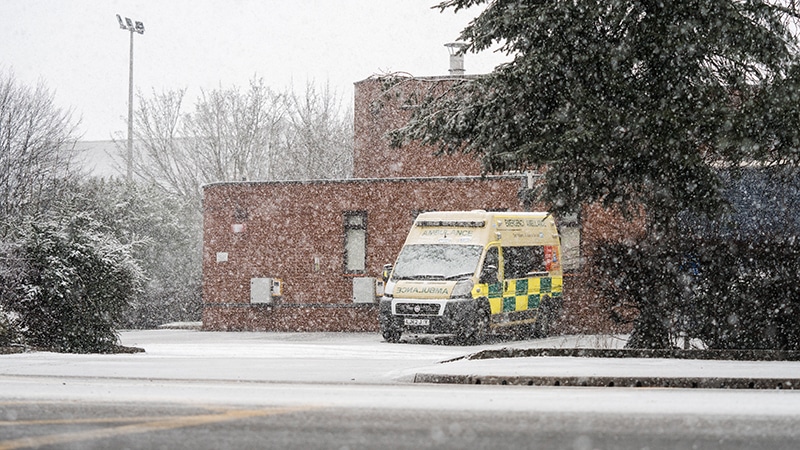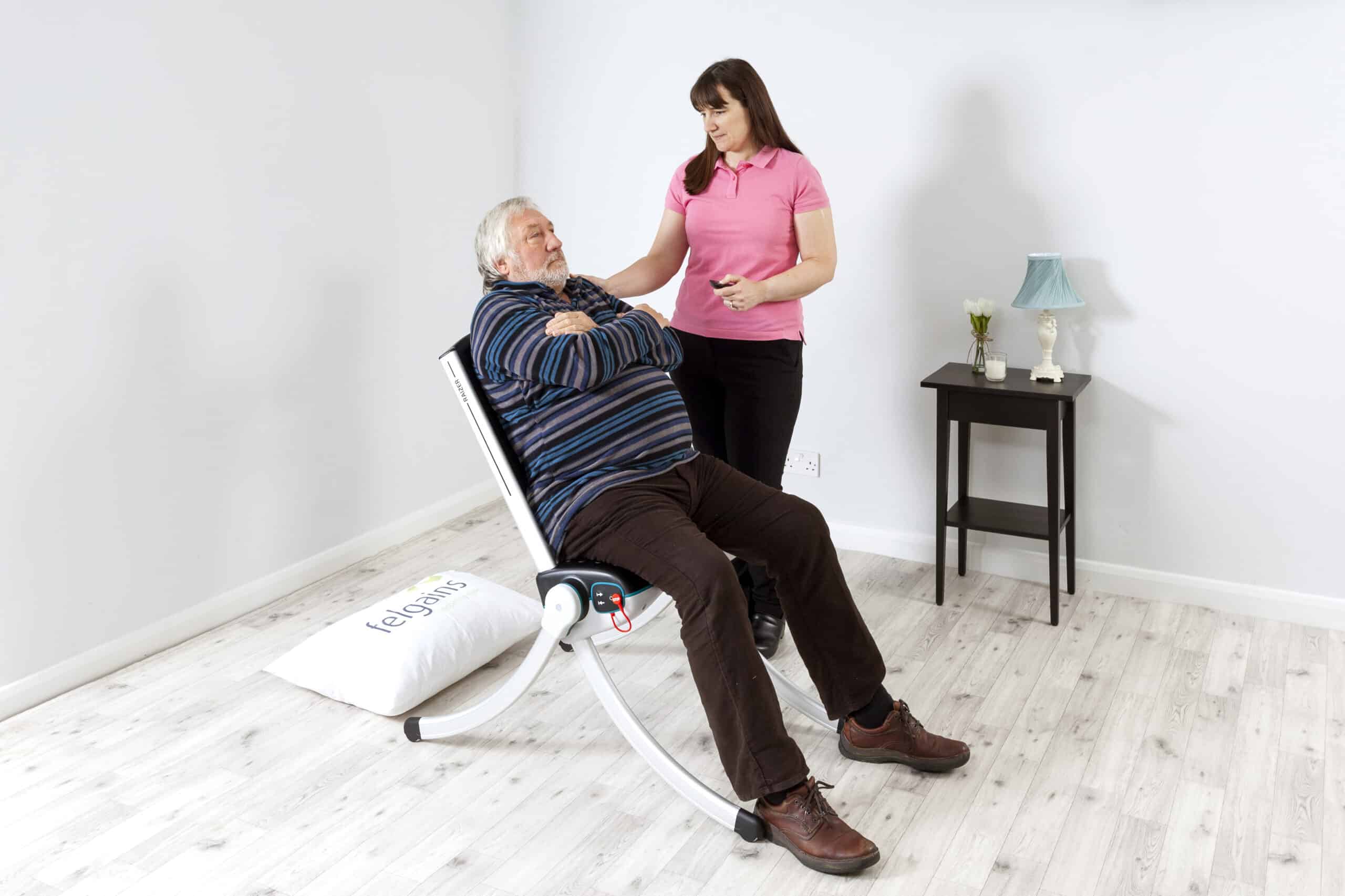Our Falls Vision | Stop all ambulance call-outs to minor and non-injury falls
Falls are one of the biggest challenges faced by the health and care system in this country. Ambulance services continue to be relied on for responding to falls, reducing their ability to respond to higher-priority calls and worsening the outcomes for patients.
Many organisations are now using the Felgains Falls Solution to enable non-ambulance resources to respond to falls, improving system pressure and patient outcomes.
The Problem
In the UK, a third of people over 65 and half of people over 80 fall at least once a year. This means that every year in the UK, at least 5 million people will experience at least one fall.
People who have fallen, but not sustained any injuries, are usually triaged as ‘Category 4’, so they will typically wait hours for help. Ambulance callout times are currently at record high levels, further increasing the length of time a fallen person will be waiting on the floor. More than one hour on the floor is called a ‘long lie’, and this is associated with serious complications, such that even if there was no initial injury from the fall, the long lie will cause harm.
Falls are the number one reason older people are taken to the emergency department at hospital. There are around 255,000 fall-related emergency hospital admissions in England among patients aged 65 and over each year.
And the cost to the NHS? Falls are estimated to cost the NHS more than £2.3 billion per year…
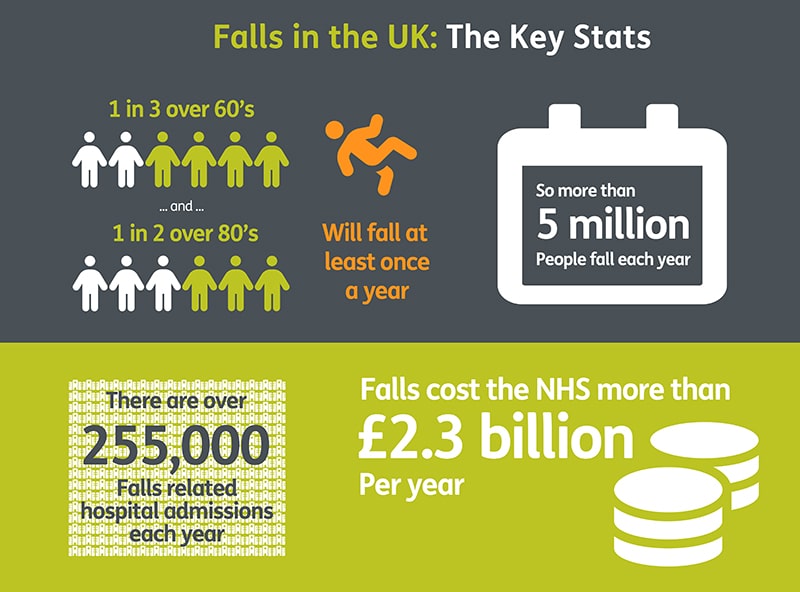
The Solution
NHS organisations, ICSs, Ambulance Trusts, UCR and Falls Response teams across the country have implemented Raizer Lifting Chairs to reduce ambulance callouts and hospital admissions, improve the patient and staff experience, and reduce system cost and pressure.
- Ease of use means that staff will actually use it – and want to use it!
- Minimal moving & handling makes it safe for the caregiver and easy to do single-handedly
- Smooth and quiet action reassures the fallen person, minimising the emotional stress of a fall and being lifted up again
ICB Falls Projects: your 8 most common questions answered
We work with a lot of ICBs on falls projects, and as you can imagine, we get lots of different questions about how to implement the project and what factors to consider.
Using our knowledge and experience, in this video we answer the 8 most common questions we get about ICB falls projects.
Recommended articles
Some of the organisations we work with




